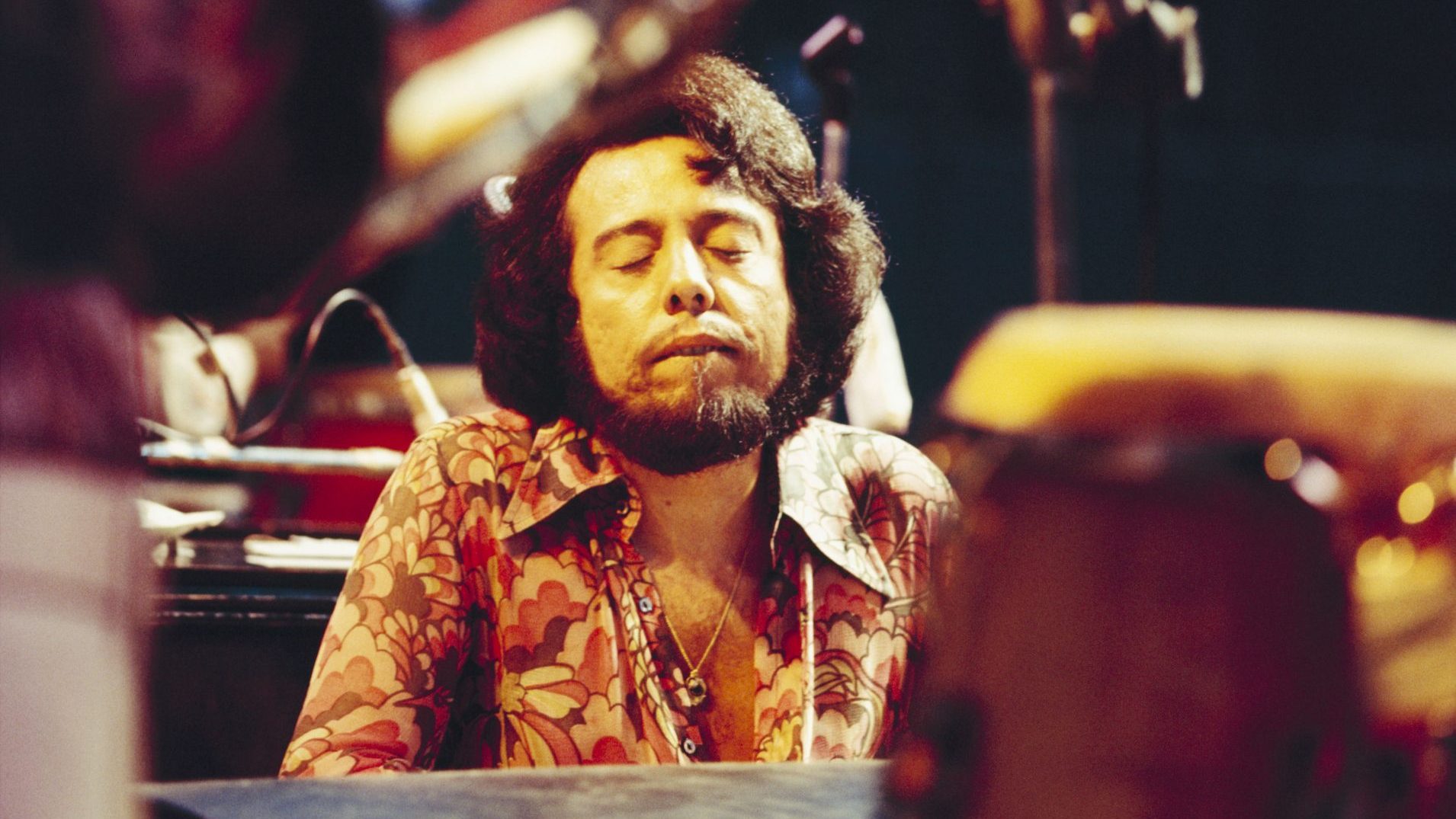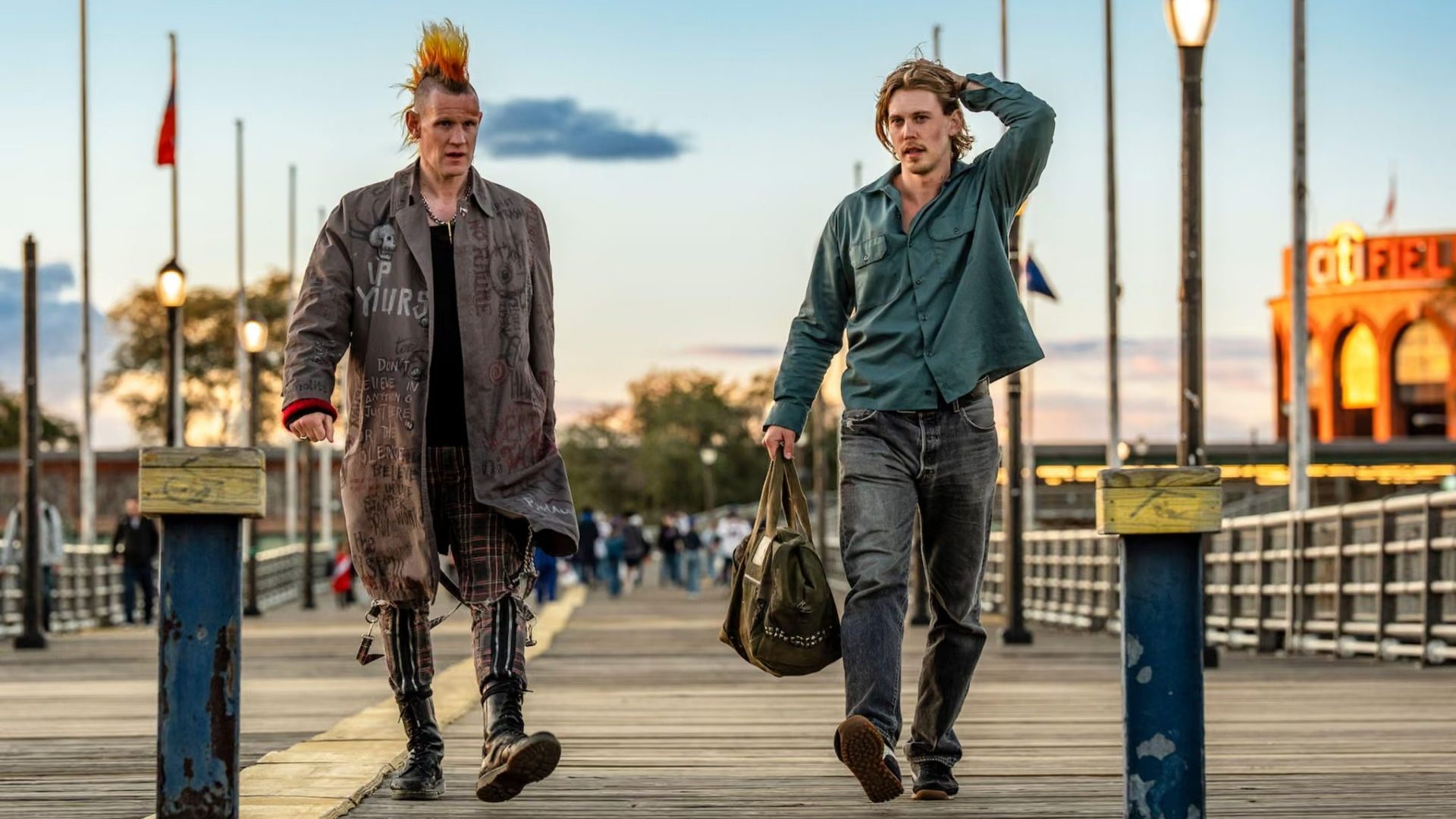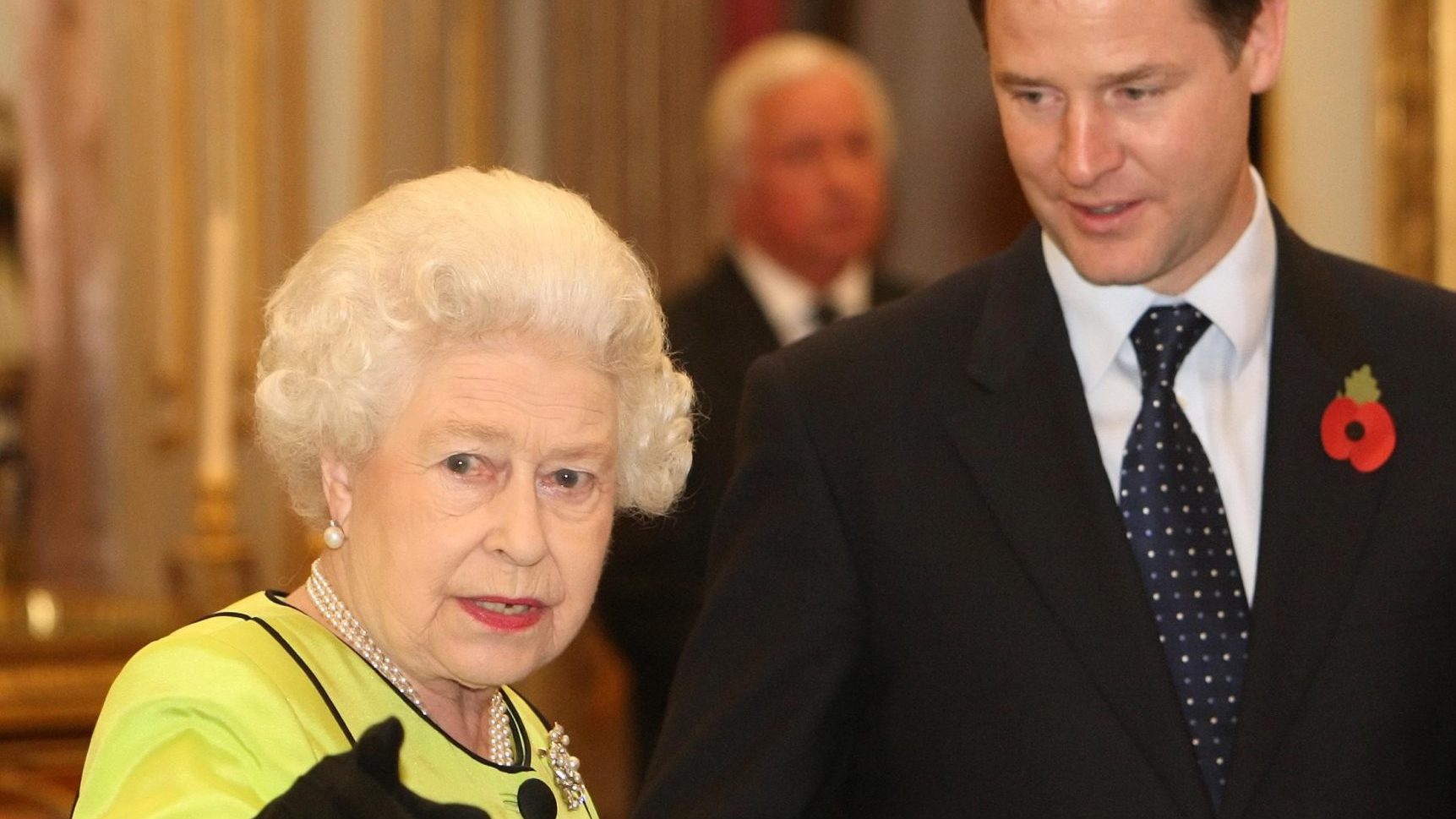It was a rainy night in New York City, but the weather didn’t stop more than 3,000 music fans from heading for Carnegie Hall. Front row, centre seats were $4.80 – tickets for the balcony were a more affordable $2.80. The show they were going to see was a demonstration of the new Brazilian sound, bossa nova, literally “new wave”, featuring artists such as the guitarist Luiz Bonfá, and João Gilberto, whose recording of The Girl From Ipanema would go on to become a global hit. Also on the bill that night was a young classically trained pianist from Rio named Sérgio Mendes.
The evening was dogged by technical issues. The stage was a forest of microphone stands and the sound was muddy. In the crowd were some of the biggest musicians of the time, including Miles Davis, Peggy Lee and Tony Bennett. Other VIPs included the Brazilian ambassador Mário Dias Costa, who had also helped to organise the event.
The spread of Brazilian culture was becoming increasingly significant – only a few months earlier, the saxophonist Stan Getz and guitarist Charlie Byrd had released their Jazz Samba album, to wide acclaim. Both men were American but here it was Brazilian performers showcasing their country’s greatest cultural export on one of the world’s most celebrated stages. Of all the people who performed that night, Sérgio Mendes was going to be the one who drove the new Brazilian sound to worldwide acclaim.
Bossa nova burst out of the backstreets of Brazil’s cities in the late 1950s. This new style of music consisted of traditional Brazilian samba, but cooled off by an added layer of jazz harmony. The young Mendes grew up in the excitement of this new musical sound. He spent his formative years at the piano after contracting osteomyelitis at age three, which left him in a leg cast for three years. He was one of the first people in Brazil to be treated with penicillin, and made a full recovery – the cast was removed, and the hours that Mendes had spent at the piano began paying off.
He initially planned to become a classical pianist, and he enrolled in the local conservatory, but as he became increasingly influenced by jazz his interests started to shift. He began playing in Rio’s bustling nightclub scene, and one night in 1957 he got a chance to sit in with the touring Quincy Jones band. It was his first brush with one of the bona fide stars of global music. He soon formed the Sexteto Bossa Rio, a group that toured both Europe and the US. Within a year of playing Carnegie Hall, he was appearing on The Ed Sullivan Show. Another year after that, he was a US resident, and had signed to Atlantic Records.
Suggested Reading

Lee ‘Scratch’ Perry and the studio that changed music for ever
But it was in 1966 that Mendes produced an international hit on a scale so epic that it is still with us today. Even now, nearly 60 years later, it is instantly recognisable for its opening bouncing piano riff. Written by Jorge Ben in 1963, Mas que nada had been a decent-sized hit in Brazil. As reworked by Mendes and his latest band, Brasil ’66, the song truly took flight, its cool airiness carrying it to all four corners of the globe, propelled by its all-together-now chorus chant.
Mas que nada was everywhere, and became the first ever Portuguese-language song to crack the Billboard Top 50. The first time Mendes heard the song on the radio, it transformed his life. “It happened when I was in the United States in 1966,” he said. “It was like, ‘Wow, they’re playing my song!’ That felt great. After that I felt like I knew what I was doing.”
A string of international hits followed, including covers of Glen Campbell’s Wichita Lineman, Bacharach and David’s The Look of Love and a whole raft of Beatles tracks, all reimagined in the Mendes jazz-samba-funk style.
For pretty much his entire life, Mendes was either in style or on the verge of being back in vogue, such is the world’s enduring love of Brazilian music. He chalked up his first top five single success in the UK in 1983 with his version of Dionne Warwick’s Never Gonna Let You Go. A decade later, he won the Grammy for Best World Music Album. And nearly 20 years later still, he received an Oscar nomination for his contribution to the animated movie Rio.
And in between everything else, Sérgio had the dubious pleasure of collaborating with the Black Eyed Peas, the soulless hip hop troupe. Still, that version of Mas que nada was one of the biggest hits of 2006, and the project gave Mendes a chance to sing opposite his wife, Gracinha Leporace.
Always either on tour or in the recording studio, it took a global pandemic to get Mendes to slow down. Interviewed in 2021 about lockdown, he called it “a very sombre moment. I missed my band so much. I missed playing music live.” And while he later returned to gigging and recording, it was Covid that eventually silenced Sérgio Mendes in September 2024.
Not that his death had dimmed interest in either the artist or his art. A big hit on the festival circuit, the documentary Sérgio Mendes in The Key of Joy saw Common, John Legend and – a little bizarrely – Harrison Ford paying tribute to the great man.
And that rise to global acclaim all began on a rain-soaked New York night back in 1962. Mendes was the first up on stage that night, and he opened the show with a rendition of the One Note Samba, which along with Ipanema has a status close to something like Brazil’s national anthem. Asked how he made it to Carnegie Hall for the sold-out show that changed his life, Sérgio Mendes fell back on the old showbiz line: “Practice, man, practice.”



